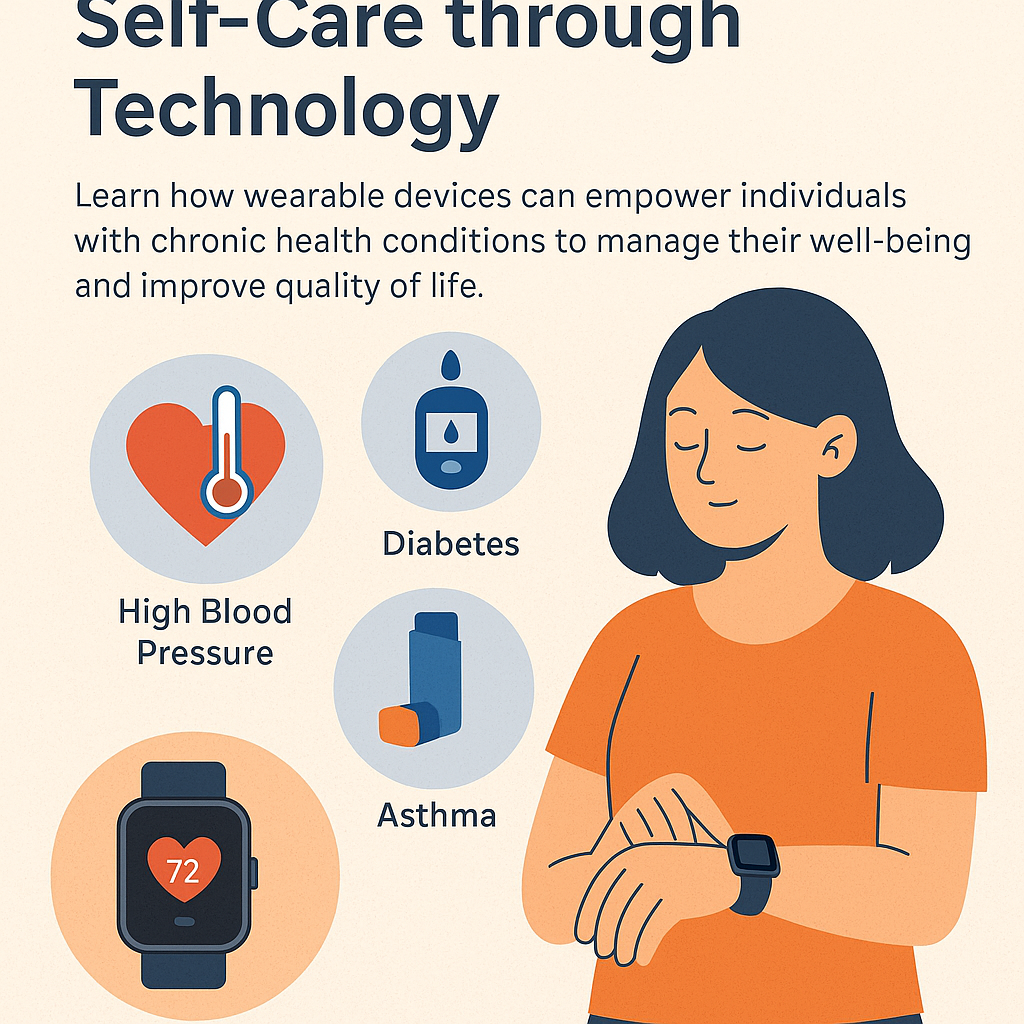Why wrist blood-pressure tracking can help
Traditional cuffs work well but are bulky and often end up in a drawer. A cuffless blood-pressure smartwatch makes frequent checks easier. More readings over time give a clearer picture of your typical range and how daily habits affect it.
How cuffless BP watches estimate pressure
Wrist devices combine optical sensors with algorithms to estimate blood pressure. Readings are quick and comfortable. Because they are estimates, they are best used for trend tracking in everyday life rather than for clinical diagnosis.
Who benefits most
- Seniors who want gentle, frequent checks without a bulky cuff
- People building healthy routines and looking for feedback over time
- Anyone who needs simple reminders to measure at the same time each day
Set up for reliable readings
- Fit: Wear the watch snug, not tight, one finger above the wrist bone.
- Posture: Sit upright, feet flat, back supported. Rest your forearm on a table at heart level.
- Rest: Relax for 3–5 minutes before measuring. Avoid talking and movement.
- Consistency: Measure on the same wrist at the same times each day (for example morning and evening).
Clean measuring routine (step by step)
- Open the BP app on the watch and remain still.
- Keep the watch face at heart height; support the arm with a pillow if needed.
- Take two or three readings about one minute apart and note the average.
- Add a short note such as “after walk”, “before medication” or “evening rest”.
Reading the app and spotting trends
- Daily averages: Compare morning vs. evening values.
- Weekly view: Look for steady changes after new routines like more walks or earlier dinners.
- Outliers: A single high value can happen. Re‑measure, relax and check again.
Use these summaries for orientation in daily life. For medical decisions, discuss your results with your healthcare contacts.
Practical tips to improve readings
- Avoid caffeine, alcohol, smoking and heavy meals 30–60 minutes before measuring.
- Empty your bladder first; a full bladder can raise readings.
- Keep the strap clean and skin dry for stable optical contact.
- Re‑check after 5–10 minutes if a value looks unusual.
Recommended device
The Kardena CARE Air 3 is a comfortable, everyday smartwatch for cuffless blood‑pressure estimates, heart‑rate tracking, sleep insights and long battery life. App views make weekly trends easy to review and share.
Frequently asked questions
How many readings should I take?
Two or three per session, then average. Build a morning-and‑evening routine for two weeks to establish a baseline.
Do I still need a cuff?
A cuff is useful for periodic reference checks. The watch is ideal for frequent, comfortable trend tracking between those checks.
Can I use either wrist?
Yes, but stay consistent. Choose the wrist that gives you the most stable values and use it every time.
Bottom line
A cuffless BP smartwatch helps seniors measure more often and with less effort. With good posture, a calm routine and repeated readings, you get clearer trends to guide everyday choices.



